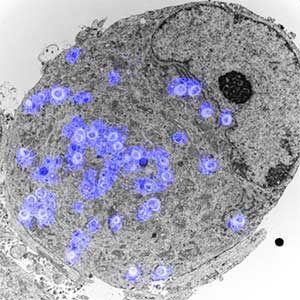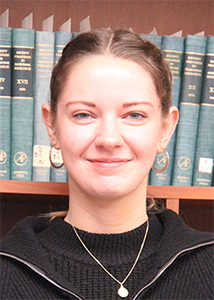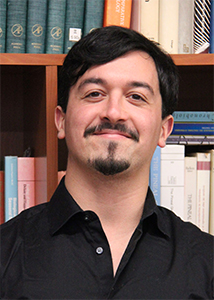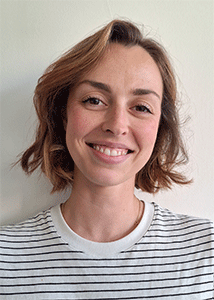Marie-Paule FELDER-SCHMITTBUHL, Frank PFRIEGER

 ⇨ Teams
⇨ Teams Presentation
 Our team is interested in molecular and cellular mechanisms regulating retinal physiopathology and its connections with the brain. Using a wide range of models and methods, we study how cell-cell interactions control retinal function, development, aging and vulnerability to diseases, and how their integration conveys information to the central circadian clock and to other brain regions regulating behaviour.
Our team is interested in molecular and cellular mechanisms regulating retinal physiopathology and its connections with the brain. Using a wide range of models and methods, we study how cell-cell interactions control retinal function, development, aging and vulnerability to diseases, and how their integration conveys information to the central circadian clock and to other brain regions regulating behaviour.
> Functional organisation and light response of retinal clock(s)
Marie-Paule Felder-Schmittbuhl
> Retinal disease, central vision loss and pathophysiology of cone photoreceptors
David Hicks
> Cholesterol metabolism in retinal health and disease
Frank Pfrieger

Virginie Laurent-Gydé

Jorge Mendoza

Frank Pfrieger

(Ph. D.)
It’s thanks to our body’s clocks that we’re able to feel hunger without even looking at the clock as we approach midday, or feel tired as soon as night falls. These signals are in phase with external daily variations, such as the alternation of day and night. When our internal clocks are no longer aligned with the environment (jet-lag, shift work…), the risk of developing mental disorders such as depression is increased. My thesis project focuses on understanding the role of a clock present in the lateral habenula, a brain structure that is well known but whose circadian impact on mood is unclear. To do this, I’m using a model of mice with circadian disturbances and assessing their well-being. To compensate for their circadian disturbances, I impose fixed feeding schedules to align their activity with the environment. Using bioluminescence and in situ hybridization techniques, I then analyze the consequences on gene and protein expression in the lateral habenula.

(Ph. D)
My thesis project aims to determine how nocturnal exposure to blue light during adolescence contributes to the development of circadian, affective and cognitive disorders in adulthood. From a translational perspective, I use a diurnal rodent model; having a temporal niche as well as a retinal cellular composition similar to that of humans: Arvicanthis ansorgei. Using a battery of behavioral tests, I analyze the impact of blue light on the circadian system, mood and cognition. In order to characterize the effects of this nocturnal exposure to artificial light on visual function, the state of the retina, and target brain regions, I perform electroretinogram recordings and combine immunohistochemistry and tracing techniques.

(Ph. D)
Photoreceptors are light-sensitive neurons in the retina that convert light signals into electrical signals interpretable by the brain. But this process is toxic to them and requires their daily renewal. My thesis project involves studying the role of dynein-1, a transport protein essential for this renewal, in human photoreceptors. To do this, I generate in vitro retinas (or organoids) from cells of healthy subjects or patients with dynein-1 mutations and vision disorders. Using immunolabelling, electron microscopy and calcium imaging techniques, and observing different stages in their development, I analyse the effects of these mutations on retinal development and the functional, structural and morphological integrity of photoreceptors.

(Ph. D)
I study the effects of blue light found in light from screens on aggressive behavior. Mice are exposed to blue light at the beginning or at the end of the day. These moments represent inappropriate timing of exposure. Then i observe the effects on aggression and anxiety using different behavioral tests. I also want to characterize neurons population activated by blue light using reporter genes, in situ hybridization and immunohistochemistry.














